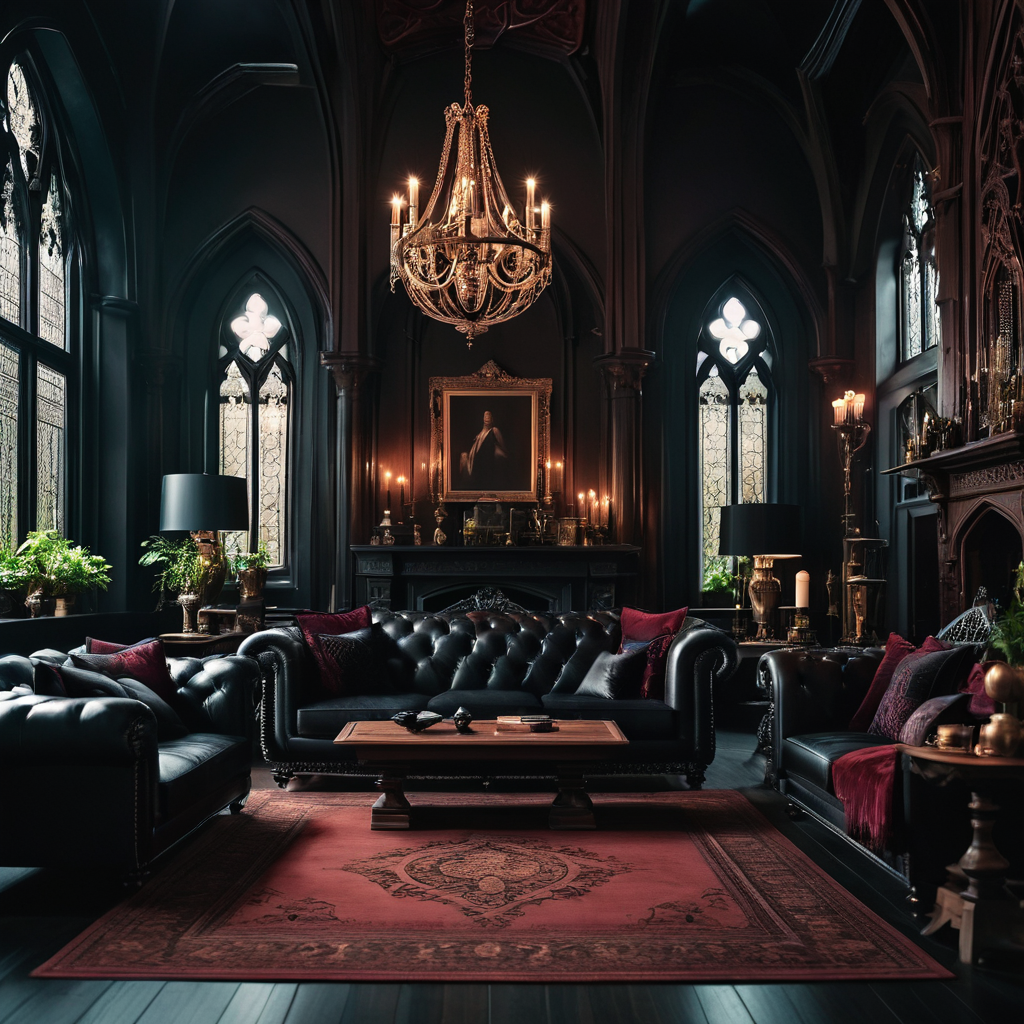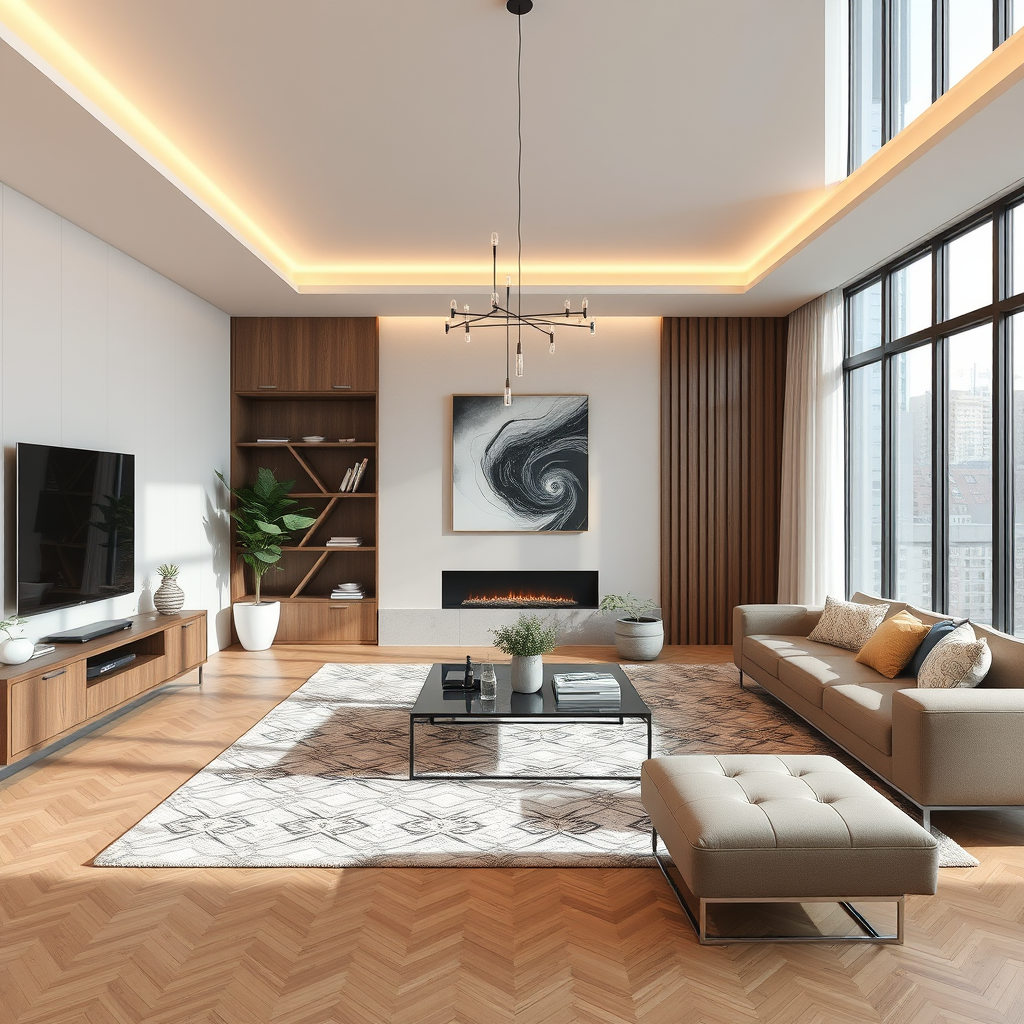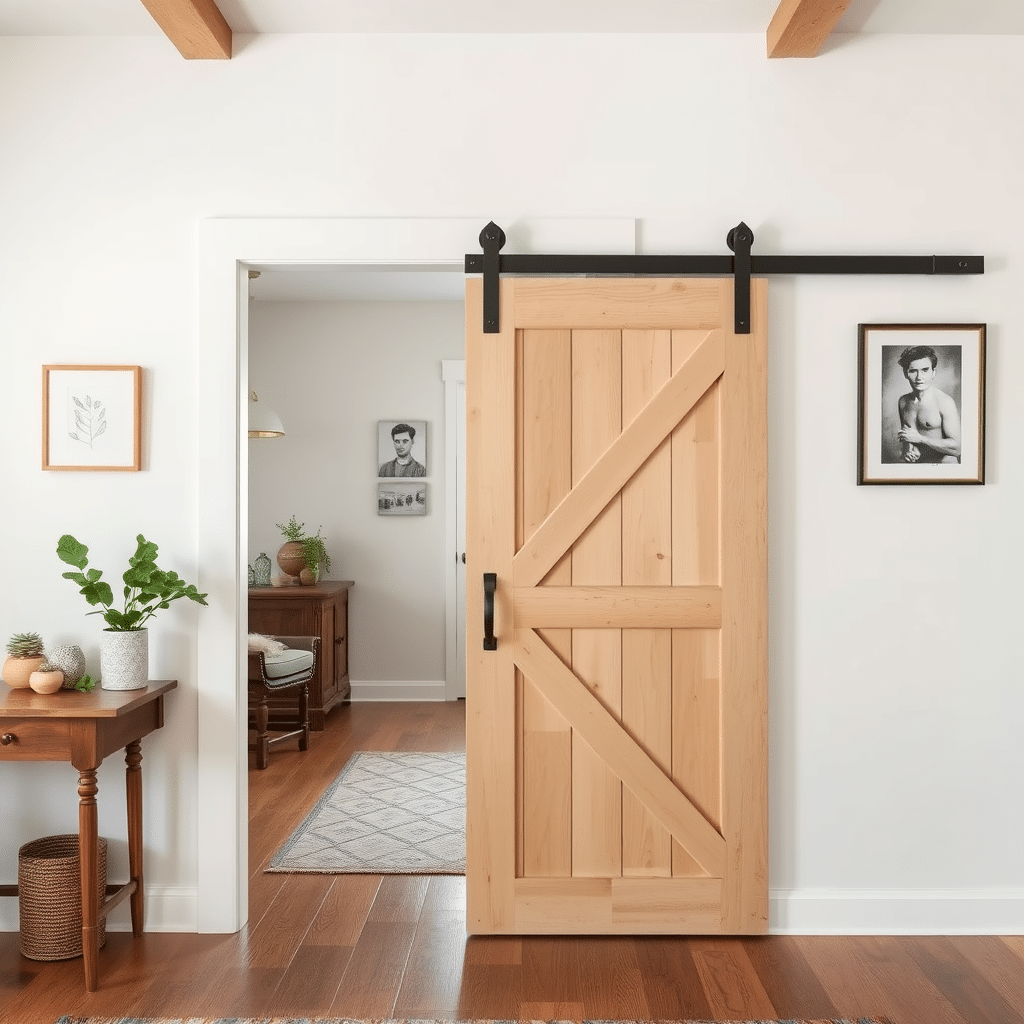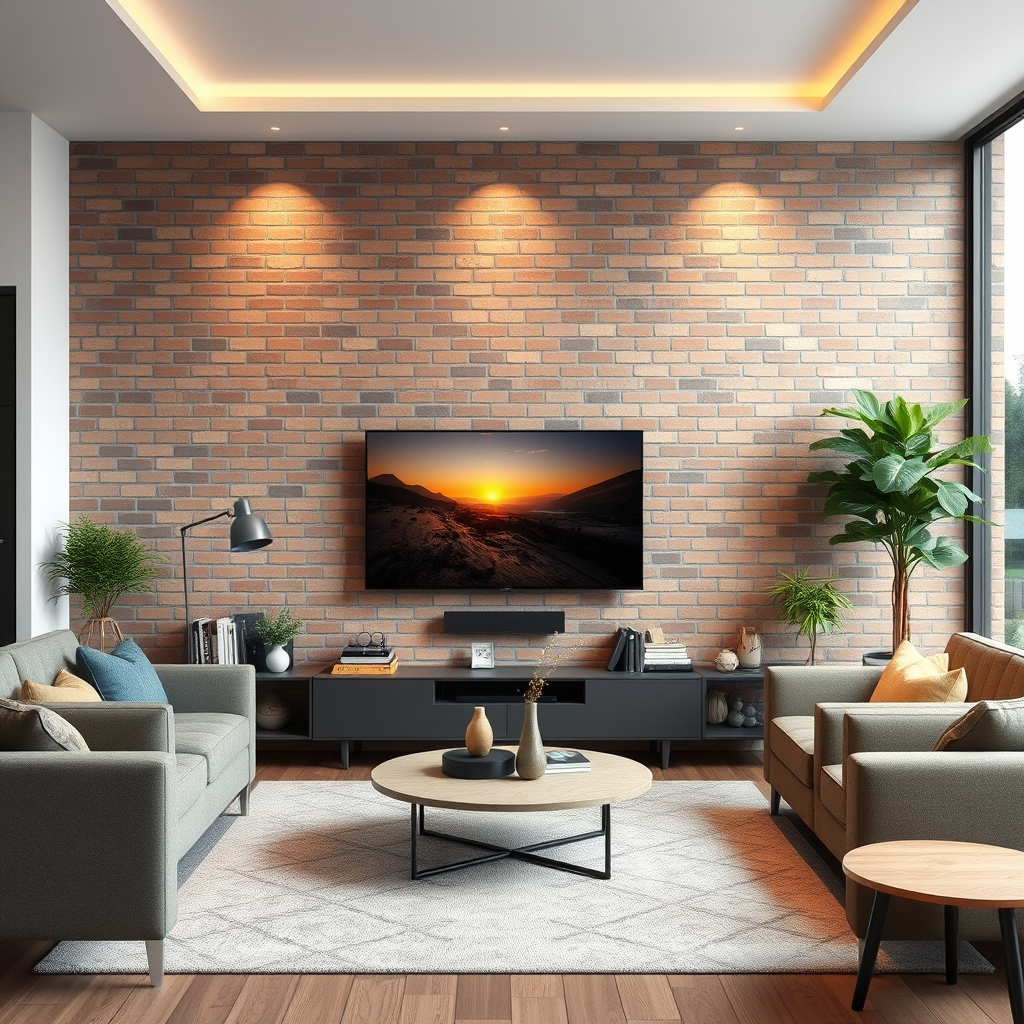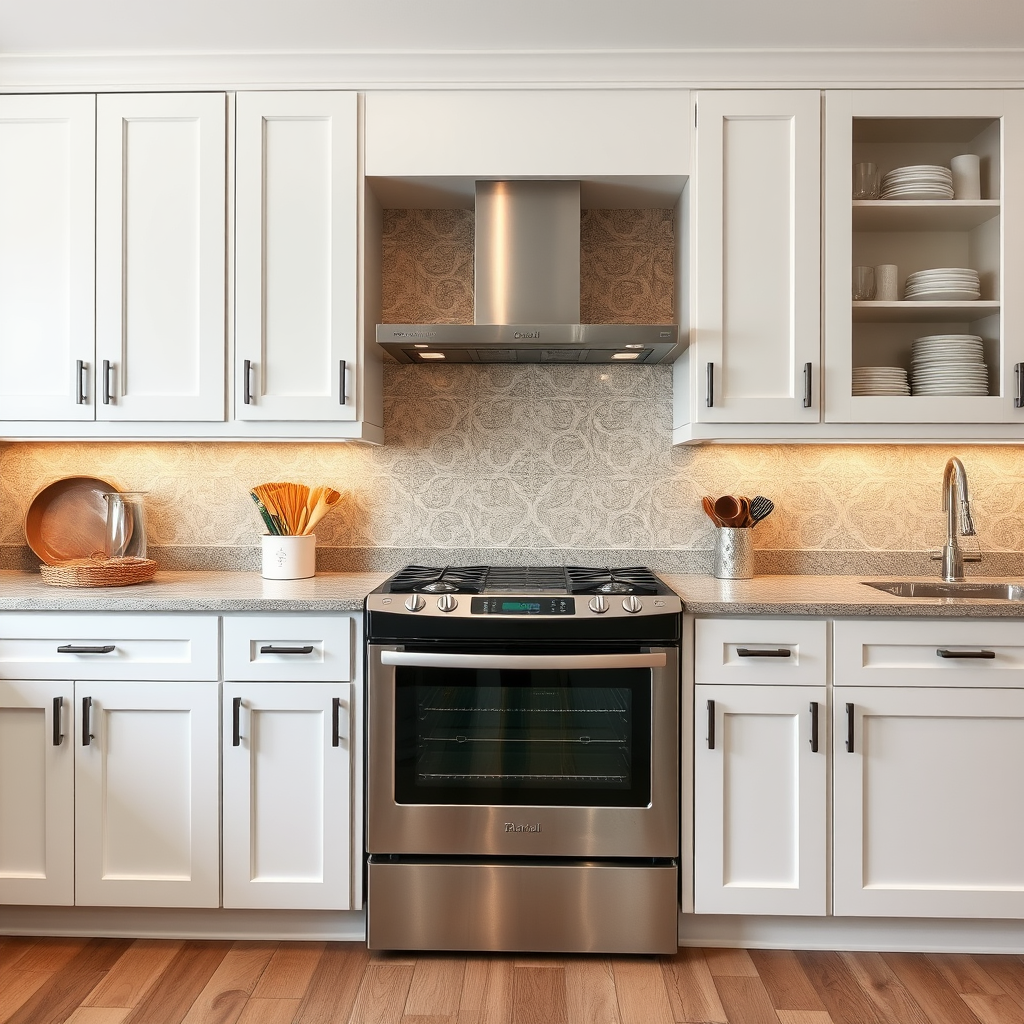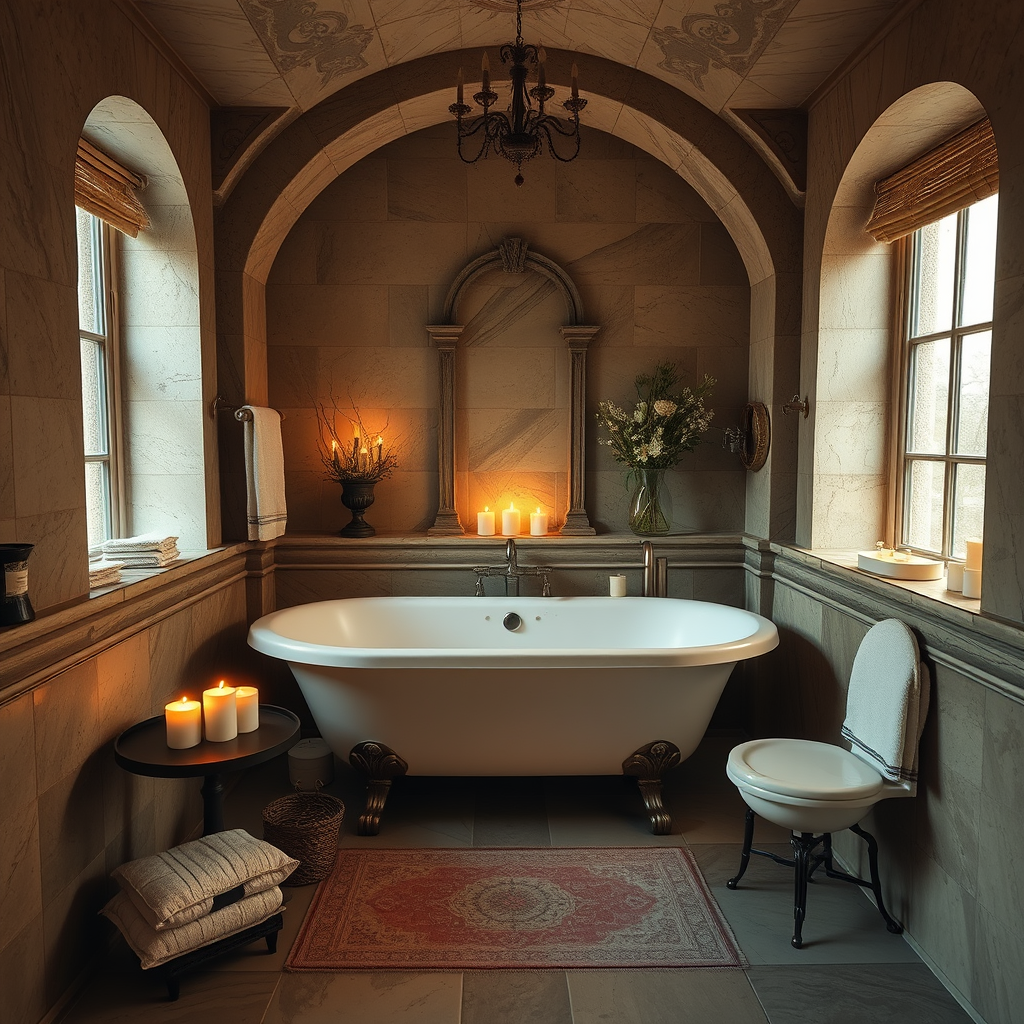Gothic interior design is more than just dark colors and heavy curtains; it’s a captivating journey into history and architectural elegance. Rooted in the medieval period, Gothic design has evolved over centuries, blending timeless elements with contemporary aesthetics. From grand cathedrals to modern homes, Gothic style offers a unique and dramatic ambiance that continues to inspire interior designers around the world.
### Origins and Influences
Gothic design traces its origins to the Middle Ages, primarily in Europe. It emerged as a response to the Romanesque style, characterized by its heavy, fortress-like structures. Gothic architecture, on the other hand, introduced elements such as pointed arches, ribbed vaults, and flying buttresses, allowing for taller, more open spaces filled with light.
### Key Elements of Gothic Interior Design
1. **Pointed Archways and Windows:** One of the most distinctive features of Gothic design, pointed arches, can be found in doorways, windows, and even furniture. They add height and elegance to a space, drawing the eye upward.
2. **Vaulted Ceilings:** Ribbed vaults are common in Gothic architecture, and they create an impressive sense of height and grandeur. In modern interpretations, vaulted ceilings can be adapted to fit various spaces, from cathedral-like halls to cozy living rooms.
3. **Stained Glass:** Colorful stained glass windows are synonymous with Gothic design. They filter light into the space, creating a mesmerizing interplay of colors and patterns. Stained glass can be incorporated into windows, doors, or even as standalone art pieces.
4. **Dark Wood:** Rich, dark woods like oak, mahogany, and walnut are staples of Gothic interiors. Whether in furniture or architectural details, they add warmth and sophistication to the space.
5. **Ornate Details:** From intricate carvings to elaborate metalwork, Gothic design embraces ornate details. Look for decorative motifs like quatrefoils, trefoils, and tracery patterns in furniture, lighting fixtures, and architectural elements.
6. **Gothic Furnishings:** Furniture in Gothic interiors often features heavy, solid pieces with intricate carvings and embellishments. Think canopy beds, ornate dining tables, and oversized chairs upholstered in rich fabrics like velvet or brocade.
### Modern Interpretations
While traditional Gothic design remains popular, modern interpretations offer a fresh take on this classic style. Here’s how you can incorporate Gothic elements into contemporary interiors:
1. **Minimalist Approach:** Pair Gothic architectural elements like pointed arches or vaulted ceilings with sleek, minimalist furniture for a striking contrast.
2. **Monochrome Palette:** Instead of heavy, dark colors, opt for a monochrome palette with shades of gray, white, and black. This creates a refined, modern Gothic look.
3. **Mixing Styles:** Blend Gothic elements with other styles like industrial or bohemian for a unique, eclectic vibe. Incorporate modern lighting fixtures or abstract art to balance the traditional elements.
4. **Gothic Accents:** Introduce Gothic accents like wrought iron chandeliers, ornate mirrors, or sculptural candle holders to add drama to the space without overwhelming it.
### Conclusion
Gothic interior design is a timeless style that continues to inspire awe and fascination. Whether you’re drawn to its medieval origins or intrigued by its modern interpretations, Gothic design offers a rich tapestry of history, elegance, and drama. From soaring cathedrals to intimate living spaces, the allure of Gothic design is undeniable, making it a captivating choice for those seeking to infuse their interiors with timeless beauty.

